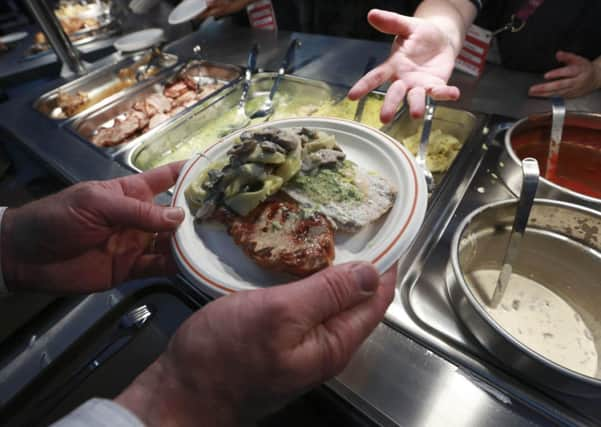Dine out at your own risk - especially in Sheffield and Bradford


Both city councils have been urged to do more to ensure businesses comply with health and safety rules after coming in the top 10 per cent of local authorities falling well below basic requirements. In Bradford, just over 62 per cent are ‘broadly complaint’, and in Sheffield the figure is 85.6 per cent.
Other parts of the region - including Leeds, Wakefield, Barnsley, Doncaster, Rotherham, York and Hull - featured in the bottom 40 per cent in the rundown, compiled by consumer experts Which?.
Advertisement
Hide AdAdvertisement
Hide AdToday they warn that this inconsistency puts many people at risk.
Executive director Richard Lloyd said: “Our research reveals a shocking postcode lottery on food hygiene where in some places you may as well toss a coin before deciding which restaurant to trust with your health.
Enfield in London was the worst performing local authority, with just 54 per cent of its medium and high-risk businesses meeting hygiene requirements.
The City of Edinburgh ranked only just above Enfield while five other London councils - Lewisham, Ealing, Harrow, Camden and Brent - are also in the bottom 10.
Advertisement
Hide AdAdvertisement
Hide AdCherwell District Council in north Oxfordshire was rated the best performing local authority for the second year running.
The consumer group compiled its ranking after looking at the latest data submitted by 398 UK local authorities to the Food Standards Agency.
It examined three criteria - the proportion of premises ranked as high or medium risk in a local authority that were compliant with food hygiene requirements, the percentage of premises that had been rated for risk, and the proportion of inspections and other follow ups that were carried out by local authority inspectors.
A business should be given a risk rating when it opens from A, or high risk, to E, or low risk, which is determined by factors such as the type of establishment, how many people it serves and the competence of the management.
Advertisement
Hide AdAdvertisement
Hide AdThe rating determines how often the premises are inspected, with highest-risk premises visited every six months. Businesses are ultimately responsible for complying with hygiene rules but local authorities are tasked with enforcing compliance.
Mr Lloyd said: “Consumers expect local authorities to check that food businesses in their area comply with hygiene standards.
“Local authorities should do more to ensure consumers are adequately protected wherever they live.”